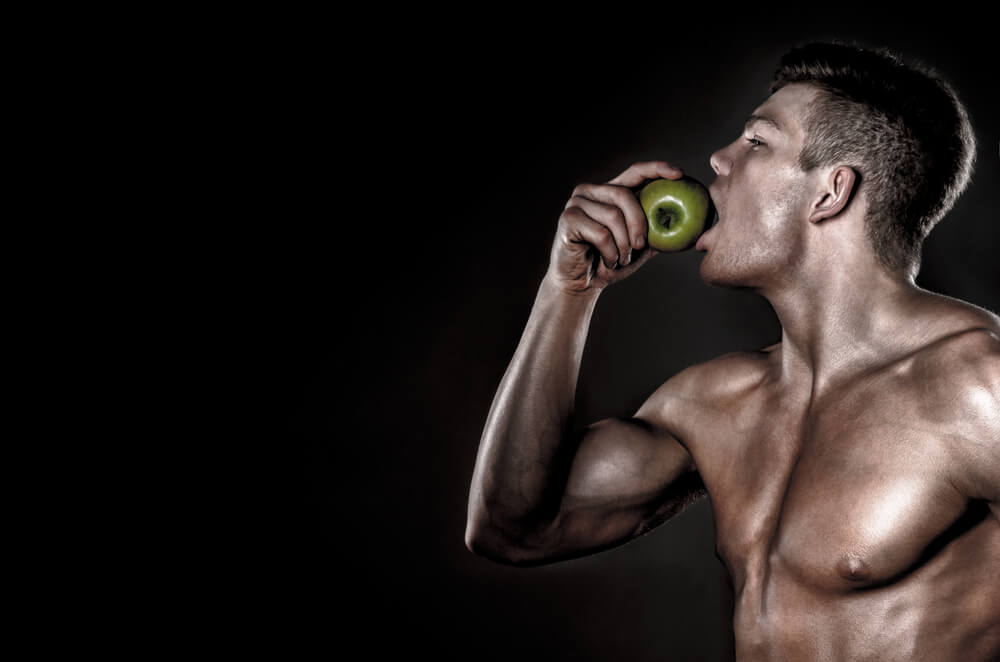
There’s a lot of talk about what you need to eat before and after you workout. Go back to basics with these great hacks for your nutrition.
Proper fueling of your body prior to, during and after exercise requires personal experimentation to find the ideal fit for you. However, there are some basic guidelines that will enable you to eliminate a lot of the guesswork. These will make it quicker for you to learn how to fuel your body properly during your workout plan.
What to eat prior to and after a workout has been a question asked of many trainers at some point. As a health, nutrition and fitness professional, I have been asked this on numerous occasions. It would seem to be a simple question to answer, but it’s not as easy as it may first seem, even if it’s just about snacks. There are many factors that must be considered including your goals, type of workout, time of day and caloric requirements.
Depending on your individual training and fitness goals, your caloric needs will be different from the next person. So it’s good to get an understanding of the basics and the calorie requirements to fit your needs.
Determining Your Caloric Requirements
If your activity level is sedentary (for example, you only exercise once or twice a week), then your daily caloric intake formula for weight loss would be your body weight in pounds multiplied by 10 to 12 calories. There are plenty of caloric diets out there like the 2000 calories a day, but it’s important to do what right for your body.
If your goal were weight maintenance, then your daily caloric intake formula would be your body weight in pounds multiplied by 14 to 16 calories.
If you want to gain weight, then your daily caloric intake formula would be your body weight in pounds multiplied by 16 to 18 calories.
For someone who has a moderate activity level (exercises three to four times a week) with a goal to lose weight, then the formula would be body weight in pounds multiplied by 12 to 14 calories.
If your plan is to maintain your current weight, then your caloric intake formula would be your body weight in pounds multiplied by 14 to 16 calories.
Finally, if your goal were to gain weight, then your caloric intake formula would be your body weight in pounds multiplied by 18 to 20 calories. You can learn how to gain weight with a fast metabolism, it’s really about your approach to your weight gain.
If you are very active (exercise five to seven times a week) and you want to lose weight, then your daily caloric intake would be your body weight in pounds multiplied by 14 to 16 calories.
If you wanted to maintain your weight, your caloric intake formula would be your body weight in pounds multiplied by 16 to 18 calories.
Finally, if your goal were to gain weight, then the ideal caloric intake formula would be your body weight in pounds multiplied by 20 to 22 calories.
Differences Between Complete And Incomplete Protein Forms?
At the top of my list of macronutrients would be protein. Protein, which contains amino acids, is your body’s primary building block to repair and maintain muscle tone.The best protein powder for women and men do not matter when it comes down to incomplete proteins because it effects each sex the same.
Protein is either complete or incomplete. Complete proteins contain the entire array of essential amino acids (which are responsible for your body’s muscular rebuilding process). These come from chicken, steak, dairy and fish.
Conversely, incomplete proteins (such as beans, soy or tofu) do not contain all of the essential amino acids and thus need to be combined with other protein-rich foods that contain the missing amino acids. If not, you’ll need to supplement to make up for the deficiency.
What Purpose Do Carbohydrates Serve?
The next most important macronutrient is carbohydrates. Carbohydrates are your body’s primary fuel for energy production(energy balance equation). They are readily used for both short-term, intense bouts of exercise and long-duration activities like running and even your daily work activities.
Carbohydrates are used throughout the day and can help sustain your muscles through intense workouts, as well as to combat daily fatigue. Unfortunately, they’re also partly responsible for obesity as it’s easy to consume too many unnecessary carbohydrates each day. However, as with protein, inadequate amounts of carbohydrates can and will compromise your daily performance, mental capacity, and energy for exercise.
Finding the right balance between using carbohydrates for fuel and using them for pleasure is the difference between obesity and staying fit.
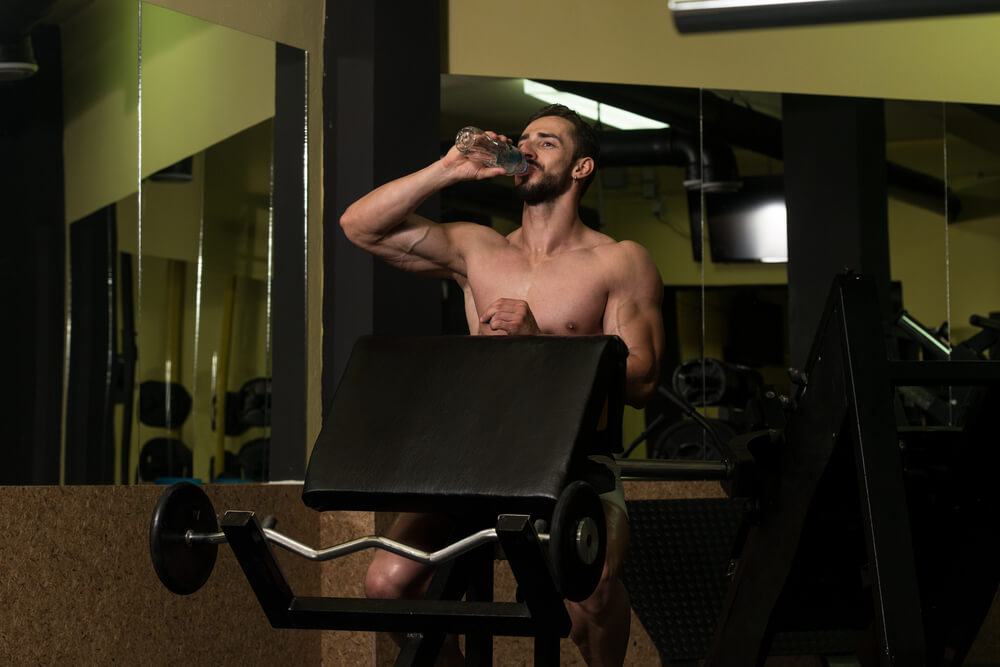
What Role Does The Glycemic Index Play?
It’s important to note that after a strenuous workout, you can opt for foods listed higher on the Glycemic Index (GI) scale. The GI measures how much a food you eat raises sugar within the blood. In other words, the higher the GI number, the more it spikes blood sugar. The lower the GI number, the less it raises blood sugar. Large changes in blood sugar prevent the use of fat as fuel and, if continued over time, can promote obesity and heart disease.
In fact, in a recent study it was concluded that people who consumed diets high in simple sugared foods (such as white bread, sweet potato glycemic index and jam), which are higher on the GI scale, had higher Body Mass Index (BMI) ratings than people who consumed more complex sources of carbohydrates. These more complex sources are lower on the GI scale and include fare like whole-wheat grains, nuts and low-fat dairy products. But, post workout, you need to get the blood sugars back up, so choose the best options.
This Is Everything You Really Need To Know About Fats
Just as important is fat!
Fats, over time, have endured their share of abuse in the minds of many trying to manage their weight. The common mistaken belief is that all fats are bad. But, some fats are actually good for us and may even help to fight off unwanted body fat and lower belly fat.
Research has revealed that fats in the form of good omega-3 and omega-6 essential fats (such as flax oil, linseed, or fish oils) can actually help restore our energy, increase fat mobilization, produce good hormones and boost the immune system. That’s not to mention how they can improve the cardiovascular and nervous system. These good fats essentially restore vital cells in your body, encouraging it to perform more efficiently and even increase longevity.
Essential fats are so named because they can’t be produced within your body on their own. They need to be supplied by the foods you eat or supplements you take. There are also high fat foods that are healthy.
Saturated fats, on the other hand, have long been labeled as bad and rightfully so. These can be found in butter, deep-fried foods and whole-fat dairy products. They also come in small amounts in some of the meats we eat.
We should ideally keep our fat intake below 20% of our daily calories. If you eat the foods I recommend, you won’t exceed this amount. But, you might consider (especially if you have a fast metabolism) adding two or three servings (no more than 10% of your daily caloric intake) of the good essential fats to your day. When trying to lose weight, your body will actually use every bit of essential fat for proper metabolic functioning and to restore energy balance.
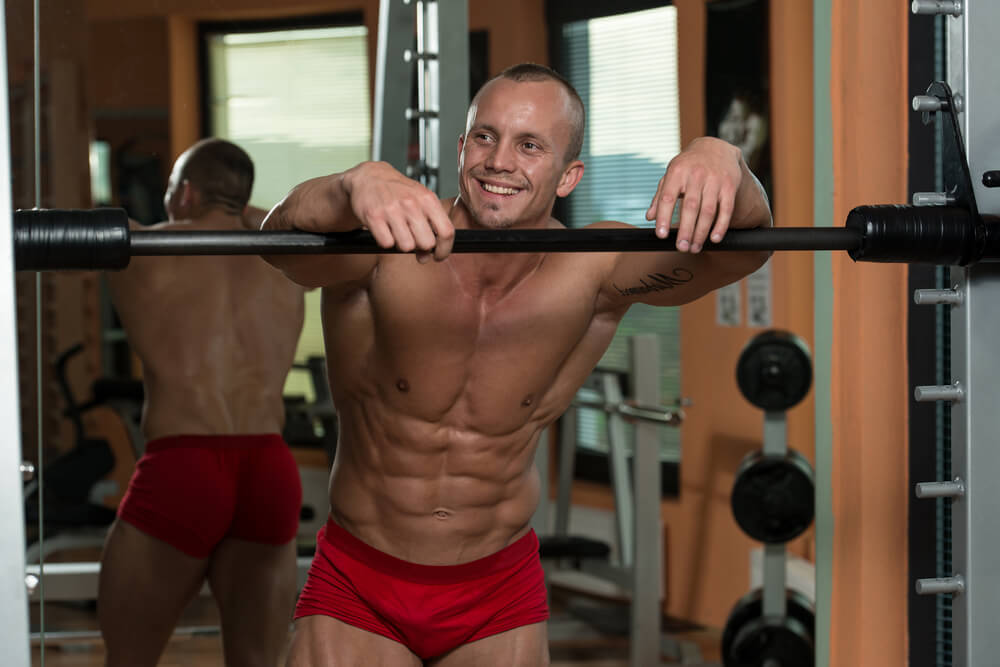
Know The Importance Of The Nutrients
No matter what your goal is, be it to gain muscle or to lose body fat, when you eat is as important as what you eat. The most crucial times are an hour or so before your workout and immediately after. This ensures that your muscles have plenty of stored glycogen for training and rebuilding. Other than these times, it’s important to eat small meals throughout the day at regular intervals of two to three hours.
Have some protein with these meals. This keeps your glycogen levels topped up and prevents your body from breaking down the proteins needed for building muscle or the ability of the body to burn body fat.
It’s also important to consume enough fluids. For most interval training, it’s unnecessary to refuel during every exercise session since a lot of workouts last less than one hour. However, it can be beneficial to rehydrate throughout the exercise, especially during lengthy bouts of interval training such as in a spinning class.
Whatever your choice of food or snack, be sure to replenish your body with carbohydrates and protein as soon as possible after each exercise session. Equally important as your workout (muscle exhaustion and nutrient depletion) is what you do immediately following your workout (muscle repair and nutrient replenishment). If you neglect to refill the tank, you’ll never get the full value out of all the work you just put in.
Increased fitness simply won’t happen, at least not efficiently or effectively, if you ignore your body’s cries for a fuel refill. Give your body what it needs immediately after exercise, when it’s most receptive to replenishment, and it will respond wonderfully. Your body will recover faster. It will also more efficiently adapt to physical stress and learn how to store more readily available fuel in the muscles.
Post Workout Nutrition Is The Vital Ingredient!
The best post workout meal is the most important one you eat. Within 30 minutes after you train, there is a critical nutrient and sugar uptake window where your muscle cells are extremely insulin-sensitive and ready to restore glycogen for muscle repair. This meal should ideally consist of about 20 grams of whey protein, along with about 50 to 60 grams of simple carbs or sugar.
At this time you are actually trying to maximize insulin release to shuttle glycogen and amino acids into your muscle cells. Be sure to plan ahead for this meal and never miss it!
You could also add two to five grams of creatine supplement to take advantage of this muscle cell insulin-sensitive window. Creatine will be driven into the muscle cells to provide ATP replenishment, cell hydration and even more of an anabolic effect.
Hydration is another important post-workout factor to take into consideration. It is essential to replace any fluids lost after exercise and training. The general rule is to drink 20 to 24 ounces of water for every pound lost due to sweating.
Research shows that combining carbohydrates with protein in the two hours after interval training nearly doubles the glycogen storage in the body. The optimal ratio is 4:1 or four carbohydrates to every one protein. An example of this type of refueling would be a whole grain bagel with two tablespoons of almond butter. Restoring your glycogen will provide your body with enough fuel to allow you to workout and train again the next day at the same or even higher intensity.
What’s The Best Pre-Bedtime Nutrition?
One to two hours before going to bed, you should have a small protein based meal to keep your muscles supplied with amino acids throughout the night. This is when your body is under repair and growing the most. Cottage cheese or a good quality Greek yogurt is a great protein choice for this meal because it is very slow digesting. If you don’t like dairy or lactose, then choose some other form of time-release protein (like egg whites) that will not give you heartburn.
There are some best workout supplements suited for this meal. You can include some complex carbs for added taste and to increase serotonin levels to help you sleep easier. But, don’t go overboard! Carbohydrates allow the amino acid tryptophan to cross the blood-brain barrier where it can be readily converted into serotonin, the pleasant neurotransmitter, which then converts into melatonin.
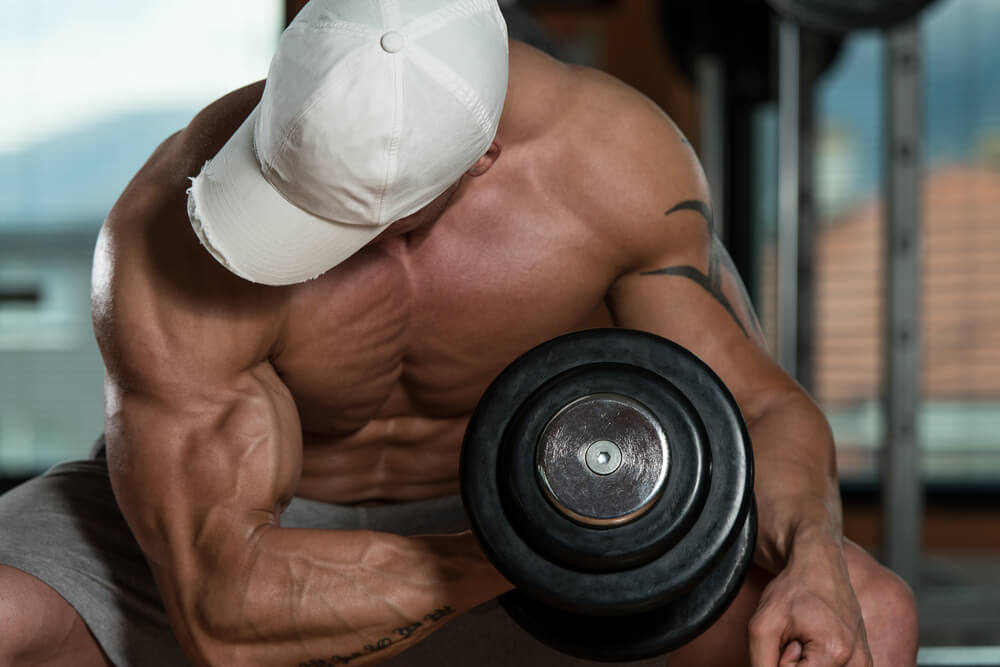
This Is What You Should Be Eating In Your Pre-Workout Period
Before you train, I believe that it’s important to eat light. You don’t want all of your energy to be used on digestion. There are many mini-meals and snacks that are ideal whatever your fitness goal. Here are just a few.
Protein Peanut Butter Balls
Makes 8 balls. Per ball:
Per serving: 223 calories, 10g protein, 35g carbs, 12g fat
Ingredients:
185g peanut butter
60g honey
1 scoop chocolate or vanilla protein
115g raw oats
Directions: Mix all ingredients together in a bowl and roll into eight balls. Place in the fridge for a few hours and enjoy.
Chicken and Black Bean Wraps
Preparation time: 10 minutes
Cooking time: 30 minutes
Ingredients:
4 large skinless, boneless breasts of chicken (remove all excess fat), grilled and chopped
1/4 cup red onion (peeled and chopped fine)
1 15-oz can black beans (rinsed and drained)
2 jalapeno peppers (remove seeds and sliced thin)
1 6-oz can yellow corn (drained)
Romaine lettuce (cleaned and shredded)
1 cup fat-free sour cream
1/4 cup fat-free ranch dressing
2 Tbsp low-sodium taco seasoning
6 large whole-wheat wraps or soft whole-wheat tortillas
Scrambled Egg & Sardine Wrap
Ingredients:
1 Tbsp coconut oil
1 red bell pepper, chopped
2 garlic cloves, chopped
4 eggs
2 3.5-oz. cans sardines, drained
¼ cup milk
2 green onions, sliced
1 avocado, diced
½ cup shredded reduced-fat cheddar cheese
4 large whole-wheat or corn wraps
1 cup salsa
1 tsp. curry powder (optional)
Salt and pepper to taste
Directions: In a large skillet, heat oil over medium heat. Cook red pepper and garlic four minutes. In a large bowl, combine eggs, sardines, milk, onions, curry, salt, and pepper. Add sardine mixture to the skillet and cook five minutes, or until the eggs set, stirring often. Add avocado and cheese, and cook for one more minute. Top wraps with sardine scramble and salsa, then fold.
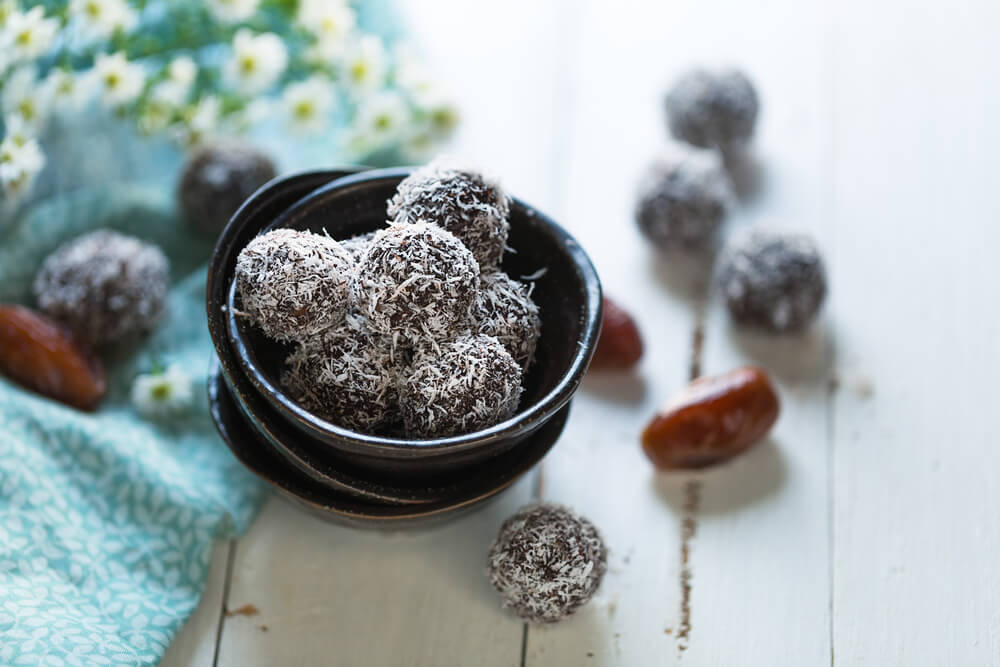
Here Are Some Great Post-Workout Options
For many years, I’ve believed that it’s best to split the post workout meal into two, with half the protein and about 2/3 of the carbs being consumed immediately after you leave the gym. This would take the form of easily digestible, fast-absorbing protein. Ideally, this would include whey powder and carbs usually from figs, dates, pineapple or a modified starch.
Thirty minutes later you should consume the rest of the nutrition with a smaller, but full solid meal. This should usually be made up of chicken or fish, sweet potato or rice, and some vegetables with a teaspoon of coconut oil or almond butter for the essential fatty acids. I believe that by splitting up the meal this way, it’s not only better absorbed and more efficient, but it also helps get something fast acting in as soon as the workout is complete. This can stop the body from entering a state of catabolism. Plus, the small meal acts as a good dinner.
The first part of the post workout nutrition is pretty simple: Fast acting protein such as whey and high GI rated carbs. With the second part of the post workout nutrition, you can be a little more adventurous! Here are just some of the options and recipes I’d recommend for this meal.post workout nutrition is pretty simple: Fast acting protein such as whey and high GI rated carbs. With the second part of the post workout nutrition, you can be a little more adventurous! Here are just some of the options and recipes I’d recommend for this meal.
Mediterranean-Style Chicken and Quinoa Salad
Ingredients:
6 ounces of skinless, boneless chicken breast
3/4 cup of quinoa
1 1/3 cups of diced, seeded plum tomatoes
1 cup of fresh parsley
3 Tbsp freshly squeezed lemon juice
Salt and pepper to taste
Directions: Cook chicken breast in a saucepan with 2 cups of water and cook for 8 minutes. Let chicken cool and dice it. Put quinoa with 2.5 cups of water in a saucepan and cook for 15 minutes or until liquid is absorbed. Mix chicken, quinoa, tomatoes, parsley, lemon juice, salt and pepper together and toss gently. You should then spoon salad into shallow bowls.
Turkey Chili
Preparation time: 20 minutes
Cooking time: 1 hour
Ingredients:
2 Tbsp light coconut oil
2 cups onion (peeled and chopped)
1 medium red bell pepper (seeded and chopped)
5 cloves garlic (peeled and minced)
2 lbs lean ground turkey
3 cups chicken broth
1 1/2 Tbsp chilli powder
1 tsp cayenne
1/2 tsp ground cinnamon
1/2 tsp fresh ground pepper
2 tsp coarse salt
Fat-free sour cream
2 green onions (cleaned and chopped)
Directions: In a large heavy pot, combine onion, pepper and garlic with 1 tablespoon of olive oil over med-high heat. Cook, stirring occasionally until medium brown and onion is transparent.
At the same time, in a large skillet, brown ground turkey over medium-high heat. When turkey, is browned, add to the onion mixture (once it’s fully cooked). Add broth, chili powder, cayenne, cinnamon, salt and pepper.
Bring to a boil. Reduce heat to low and cook for 1 hour. Serve warm and topped with fat-free sour cream and chopped green onion.
Lemon-Pesto Chicken
Preparation time: 10 minutes
Cooking time: 25 minutes
Ingredients:
4 skinless, boneless breasts of chicken (remove all excess fat)
3 Tbsp pesto sauce (your favorite brand or homemade if you have it)
3 large fresh lemons (juiced and seeds removed)
1 tsp lemon zest
1/8 tsp both coarse salt and fresh ground pepper
Directions: Preheat oven to 350 degrees. Butterfly your chicken. In a large bowl, combine pesto, lemon, zest, salt, and pepper. Add chicken and coat well.
Bake chicken at 350 degrees for 20 to 25 minutes or until the juices of the meat run clear. Serve with rice and steamed or roasted vegetables.
Conclusion
There isn’t a one-size fits all approach to your diet. It’s all about experimenting. Be sure to get the proper nutrients. Remember: When you eat is about as important as what you eat. Eating after a workout is important, as is eating at least, an hour before your workout. You should also space your meals out every two to three hours for best nutrition.
By Keith Cormican, RD
Latest posts by Terry M (see all)
- Garage Gyms - Aug 1, 2018
- Kettlebells – Why They Should Be Added To Your Routine. - Jul 24, 2018
- Weight Belts: What Are They Really For? - May 31, 2018

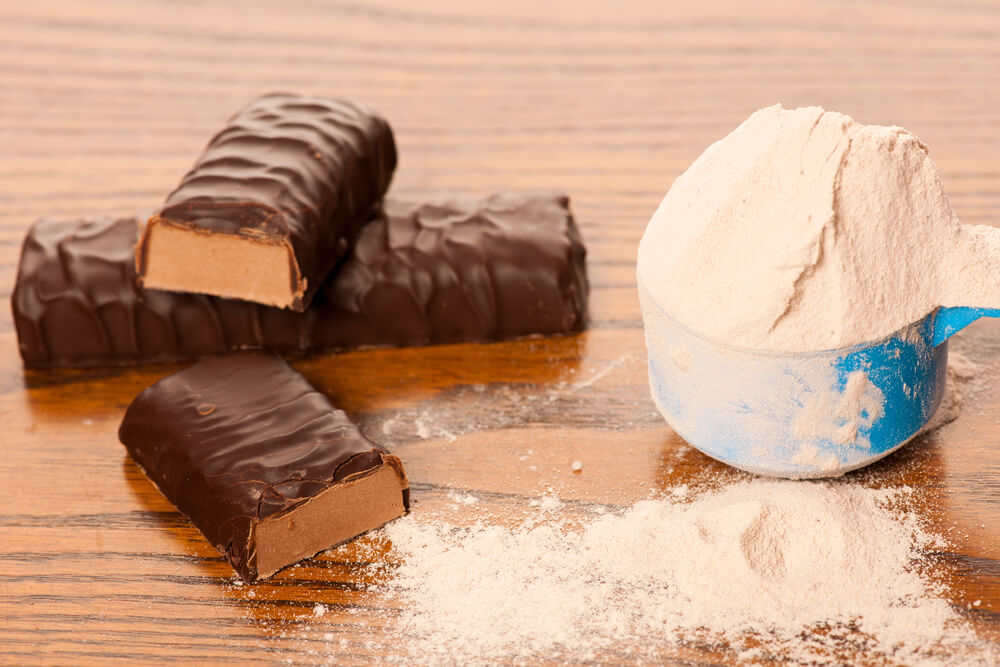










Good, thorough article. I definitely have to recommend the Mediterranean-Style Chicken and Quinoa Salad recipe… I make something pretty similar on Sunday nights and store in tupperware for lunch during the week. I’m curious though, why you didn’t mention Casein protein as a slow-digesting protein supplement to take before bedtime?
Lanny,
Good note casein protein is also a great alternative to yogurt based protein. Also, casein is of course slow releasing making it more ideal than whey for bedtime.
Thanks for stopping by!
Terry
[…] which digests quickly, meanwhile, is a great snack supplement. It provides a small boost of energy both before and after exercise—fueling muscle […]
[…] Don’t snack throughout the day and expect to have the energy for an hour at the gym, either. Having regularly scheduled meals has other benefits, as well. You won’t suffer a blood sugar crash that leaves you craving unhealthy snacks. […]